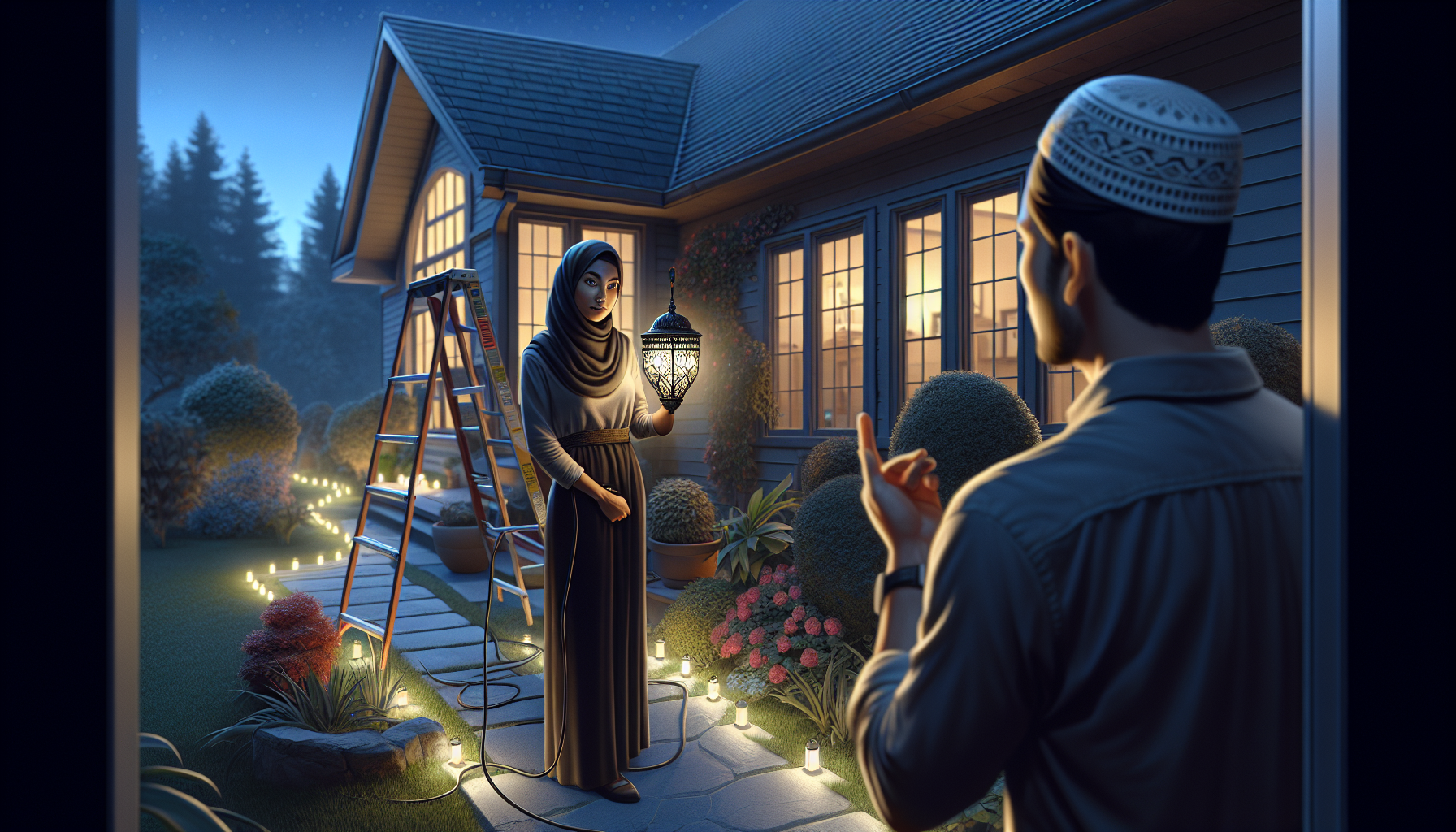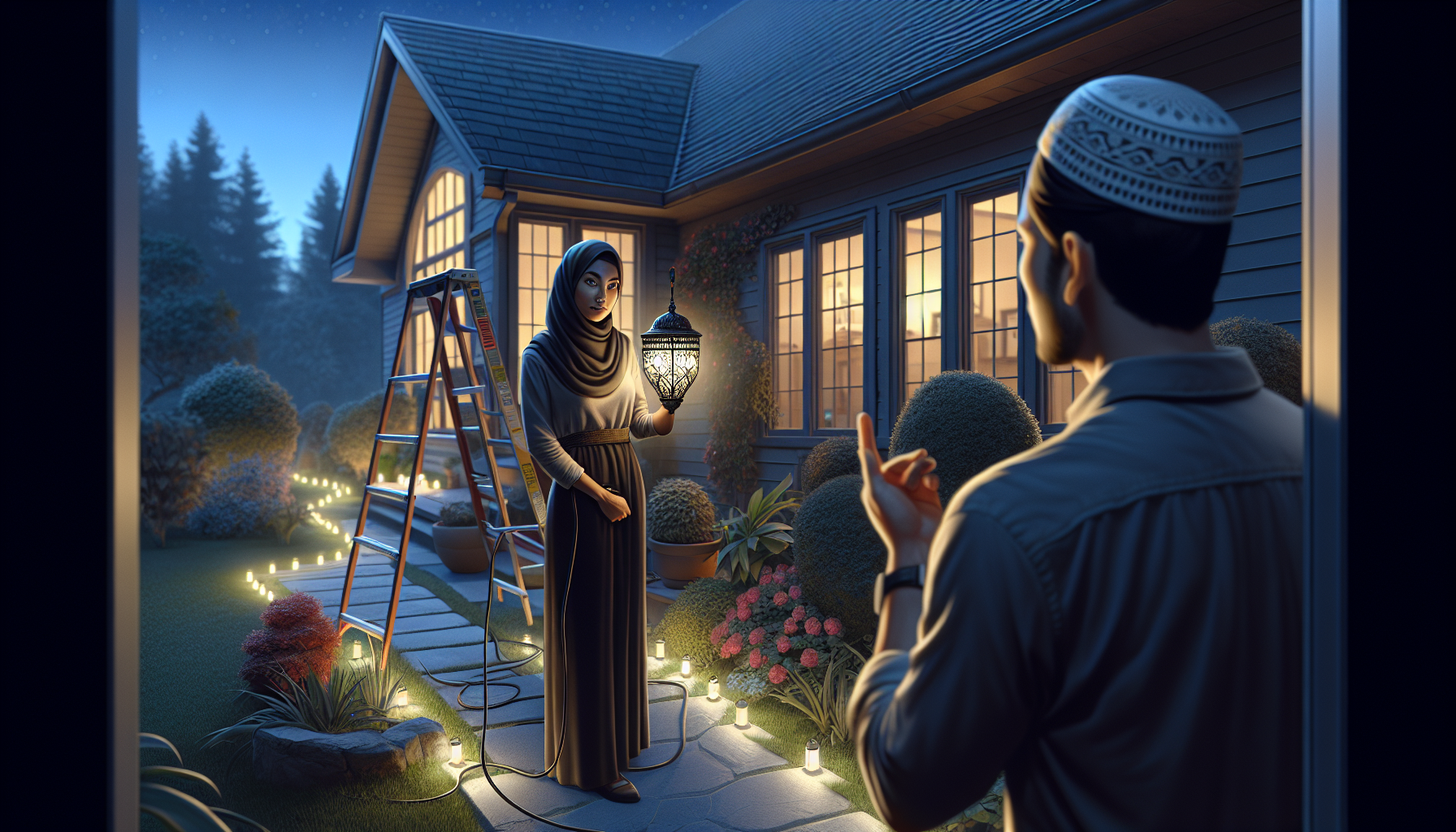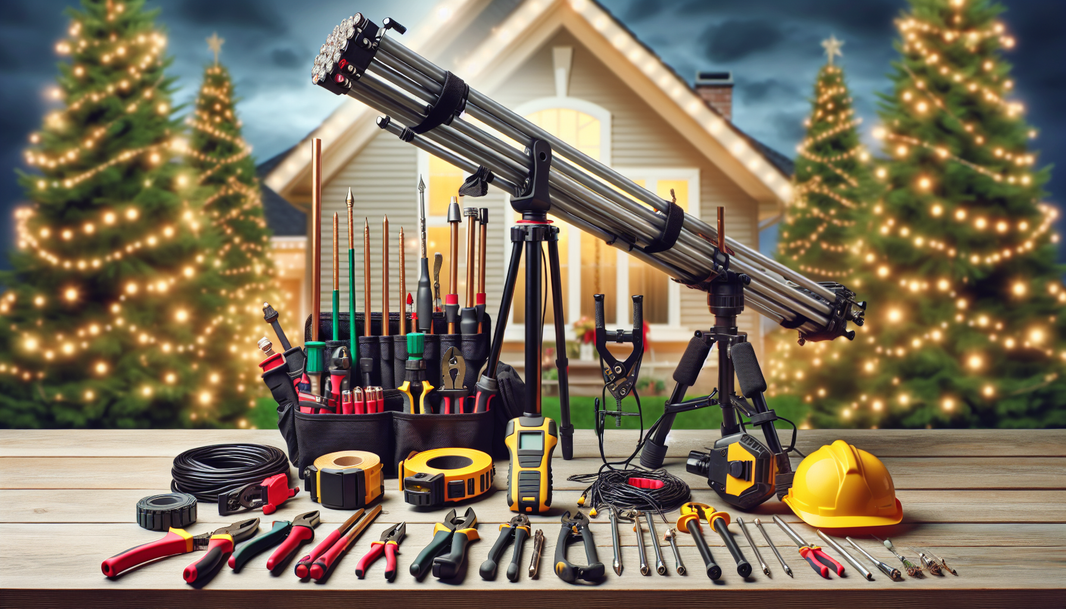Table of Contents
The Missed Opportunity
As a seasoned lighting installation professional, I thought I had this job in the bag. The customer sent me a picture of their house, and I immediately knew exactly what they needed. I crafted a beautiful mock-up, showcasing how the lighting would transform their home, and the customer was thrilled. They accepted the estimate, and I set out to complete the project, confident that everything was going according to plan.
However, as the installation progressed, the customer asked a fateful question: “What else could we add to this?” It was then that I realized my oversight – I had failed to clarify the specific type of lighting they desired. In my haste to provide a quick solution, I had overlooked a crucial detail that would ultimately cost me dearly.

The Costly Mistake
The customer’s question caught me off guard, and I quickly suggested sprucing up the landscaping, thinking it would be a good fit. Little did I know, the real issue was the type of lighting they wanted – permanent lights.
When I presented the estimate to the customer, I expected them to be shocked by the $3,000 price tag. To my surprise, they simply said, “Let’s do it.” It was in that moment that I realized my mistake. I had failed to ask the right questions upfront, and now I was facing the consequences.
As the project progressed, the true cost of my oversight became clear. The customer wanted permanent lights, which required additional materials, labor, and expertise that I had not accounted for in the original estimate. By the time the job was completed, I had lost a staggering $2,000 – a significant financial blow that could have been easily avoided.
Lessons Learned
This experience has been a valuable lesson for me, and I’m sharing it with you to ensure you don’t make the same mistake. As lighting installation professionals, it’s crucial that we take the time to fully understand our clients’ needs and expectations before providing an estimate or starting the work.
Ask the Right Questions
The key to avoiding costly oversights is to ask the right questions upfront. When a customer approaches you with a lighting project, don’t assume you know exactly what they want. Instead, take the time to thoroughly understand their requirements, including:
- The specific type of lighting they desire (e.g., permanent, temporary, indoor, outdoor)
- The desired aesthetic and functionality of the lighting
- Any special considerations or unique features they want to incorporate
- Their budget and timeline for the project
By asking these questions and actively listening to their responses, you’ll be able to provide a more accurate estimate and ensure that the final result meets their expectations.
Communicate Clearly
Clear communication is essential throughout the entire project. Make sure to document all the details discussed during the initial consultation, and review them with the customer to confirm that you’re on the same page. As the project progresses, keep the customer informed of any changes or unexpected challenges, and work together to find the best solution.
Attention to Detail
In the fast-paced world of lighting installation, it’s easy to overlook seemingly minor details. However, as my experience has shown, these small oversights can have significant financial consequences. Develop a systematic approach to your work, double-checking every aspect of the project to ensure that nothing is missed.
Conclusion
The $2,000 loss I experienced on this job was a painful lesson, but one that has made me a stronger and more diligent professional. By learning from this experience and implementing the strategies I’ve outlined, you can avoid similar pitfalls and ensure the success of your lighting installation projects.
FAQ
What are the key differences between permanent and temporary lighting?
Permanent lighting: Designed for long-term use, typically installed directly into the structure of a building or landscape. Requires more complex installation and specialized materials.
Temporary lighting: Intended for short-term or event-based use, often portable or easily removable. Generally less expensive and simpler to install.
How can I ensure I don’t miss important details when providing an estimate?
Develop a comprehensive checklist of questions to ask clients during the initial consultation. This should cover all aspects of the project, from the desired lighting type and features to the customer’s budget and timeline. Refer to this checklist for every project to ensure you don’t overlook any critical details.
What are some effective strategies for maintaining clear communication with clients throughout a project?
1. Provide regular progress updates, both in person and through written communication.
2. Encourage the client to ask questions and provide feedback at every stage of the project.
3. Document all decisions, changes, and agreements in writing to avoid misunderstandings.
4. Respond promptly to the client’s inquiries and concerns, demonstrating your commitment to their satisfaction.
How can I improve my attention to detail when working on a lighting installation project?
1. Develop a detailed, step-by-step checklist for each phase of the installation process.
2. Conduct regular quality checks throughout the project to identify and address any issues early on.
3. Encourage your team to be vigilant and speak up if they notice anything that doesn’t align with the project specifications.
4. Continuously review and refine your processes to identify opportunities for improvement.


